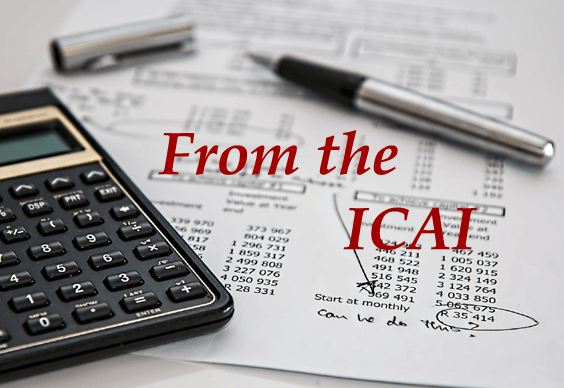RBI issues draft liquidity coverage ratio norms
Mumbai, July 26, 2024
Synopsis
LCR is a liquidity requirement for banks to maintain at all times a certain proportion of high-quality liquid assets (HQLA), including cash, reserves with central banks, and federal government bonds, which can easily be converted into cash.
The Reserve Bank of India (RBI) issued draft guidelines on Liquidity Coverage Ratio (LCR) late Thursday, asking banks to set aside a higher stock of liquid securities as a buffer on deposits amidst risk involving increased use of technology to transfer funds. The draft guidelines, which will be effective from FY25, are aimed at preventing a scenario similar to Silicon Valley Bank's collapse.
LCR refers to a stock of high-quality liquid assets (HQLA)-primarily government securities-that banks must maintain to tide over a hypothetical 30-day stress scenario in which outflows occur.
"While increased usage of technology has facilitated the ability to make instantaneous bank transfers and withdrawals, it has also led to a concomitant increase in risks, requiring proactive management," the RBI said in the draft circular.
The RBI has proposed that banks assign an additional 5% run-off factor for retail deposits enabled with internet and mobile banking facilities (IMB). Stable retail deposits enabled with IMB shall have a 10% run-off factor, and less stable deposits enabled with IMB shall have a 15% run-off factor.
An earlier draft guideline proposed a 5% run-off factor for stable deposits and 10% for less stable deposits, while the regulator on Thursday introduced a new category of retail deposits with IMB.
The central bank also stated that unsecured wholesale funding provided by non-financial small business customers should be treated in accordance with the treatment of retail deposits.
Currently, banks are maintaining an LCR of 130% against the RBI mandate of 100%. Effectively, banks are mandated to maintain 100% stock of HQLA equivalent to outflow in the next 30 days.
According to Anil Gupta, vice president and co-group head financial sector ratings, ICRA Ltd, "Given the significant penetration of internet and mobile banking, the proposed changes are likely to increase the outflows in the next 30-day bucket for banks, thereby posing higher requirements of HQLAs."
He added that the applicability of haircuts on the government securities for inclusion in HQLA is likely to reduce the value of existing HQLAs for LCR computation. Overall, this will pose requirements for higher liquid assets (G-secs) for the banks to shore up their LCRs, which will be adversely impacted by the guidelines, Gupta said.
[The Economic Times]

